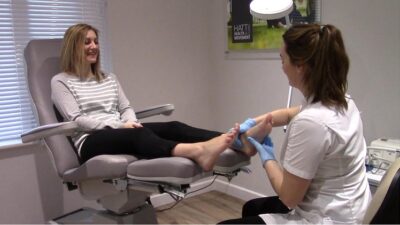Table of Contents
Tomography
Highly specialized examination procedures have recently been put in place to refine the search for cancer cells and to provide more precision in the diagnosis of cancer. We talk about tomography, which allows to obtain a snapshot in horizontal, vertical or oblique section of an organ. The purpose of this shot is to have a more detailed view of the interior of this organ and to detect the presence of small metastases. The positron technique (PET) uses positrons as a source of energy. Other tomographs use X-rays. The detection of metastases will then be easier and safer because it involves viewing the organ in 3D by collecting data in multiple orientations. His field is extended in Non Destructive Control, and goes from the infinitely small (nanotomography) to the voluminous (industrial tomography of large objects). Which means that it will be almost impossible to miss metastases through a tomography?
O-ARM 3D imaging system
In specialized medicine, there is also a great revolution in the field of neurosurgery. For example, the O-ARM 3D imaging system can be mentioned. It is an intraoperative imaging system that provides images comparable to a scanner. The O-ARM is coupled with a navigation system that will allow us to know the position of the surgical instruments and implants (screws, cages) that the surgeon uses during the procedure. The interest of this is to guide the surgeon during the operation and to show at every moment the position of the instruments. OARM is mainly used during procedures that require the placement of implants, such as screws, stents, etc. The main advantage of this technology is a gain in precision for the surgeon and safety for the patient. In addition, it is possible to operate through the skin, with small incision. This avoids large openings and reduce the risks (infectious, haemorrhagic, neurological) and reduce postoperative pain.
Cardiovascular surgery by using the stent-valved
And when we look at the achievements of Philipp Bonhoeffer, we also note a significant contribution in the advancement of cardiovascular surgery. Thanks to him, today’s cardiology is now practicing its technique, which consists of using the stent-valved for the problems located at the level of the valve. This type of intervention is now performed every year on more than 200,000 patients in France, which makes it a very common operation. What is revolutionary about this technique by Philipp Bonhoeffer is that it does not require a heavy surgery because it is no longer necessary to open the chest to achieve it, especially since it has experienced several technological revolutions over the past thirty years, from the absorbable stent inflatable balloon angioplasty to the bare stent and the active stent. But the basic concept brought by Philipp Bonhoeffer remains the same: to insert a balloon in the artery, at the level of the narrowing; then the balloon will be inflated under strong pressure for a few seconds and the latter crushes the atheroma plate to enlarge the diameter of the artery. Then the balloon is then deflated and the arterial flow restores. Everything is done under radiological control to verify that there is no longer any obstacle to the vascularization.
















Comments